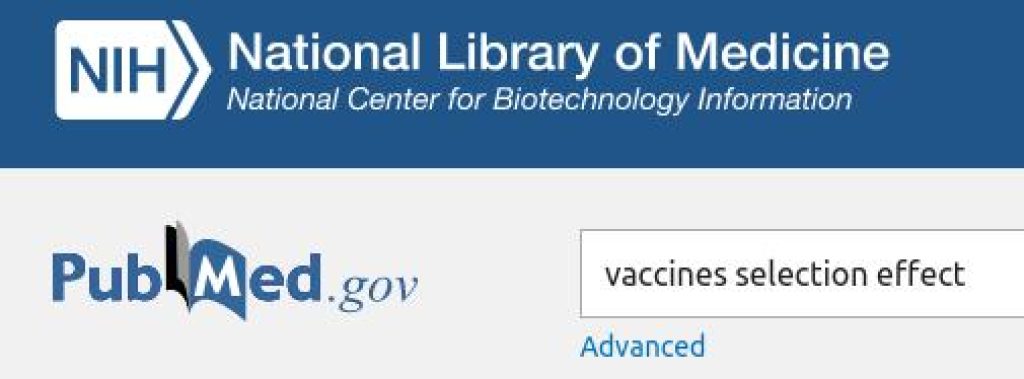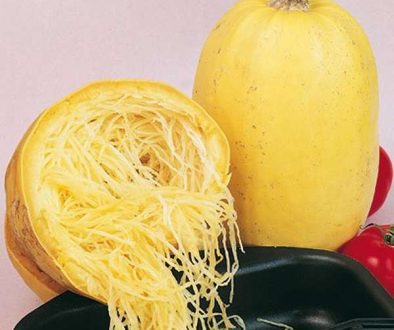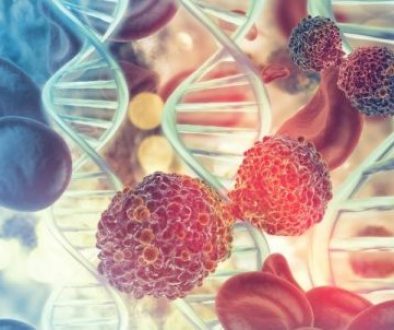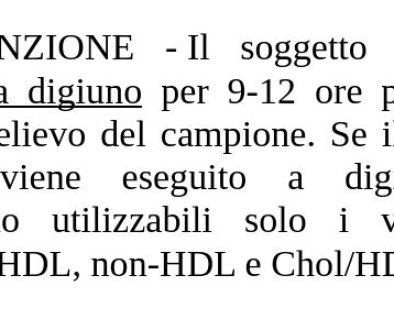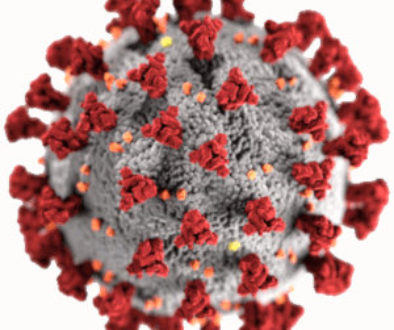Some Useful Therapies in Breast Cancer
The injection of hydrogen peroxide into the tumor improves the results of radiotherapy
research “Intratumoral hydrogen peroxide with radiotherapy in locally advanced breast cancer: Results from a Phase 1 clinical trial” concluded that H2O2 (hydrogen peroxide commonly called hydrogen peroxide) intratumor with Radio Therapy (RT) it is well tolerated with no additional toxicity compared to RT alone. If the efficacy is confirmed in a randomized phase study 2, the approach has the possibility of enhancing the cost-effective response to radiation in multiple types of cancer in which locoregional control remains poor after RT alone.
research “Oxidative stress induces senescence in breast cancer stem cells” he says that “E’ cancer stem cells have been shown (CSC) they are resistant to current anti-cancer therapies and the induction of oxidative stress is an important mechanism of action for many anti-cancer agents. However, it is still largely unknown how CSCs respond to oxidative stress induced by hydrogen peroxide (H2O2). Here we demonstrate that the levels of reactive oxygen species (ros) they are markedly lower in breast CSCs (BCSC) compared to those of non-cancerous stem cells (NCSC). A transient exposure of breast cancer cells to sublethal doses of H2O2 caused a dose-dependent increase in the epithelium-specific antigen (THIS)+/CD44+/CD24- subpopulations, a known phenotype for BCSCs. Although BCSCs survived sublethal doses of H2O2 treatment, they lost the ability to form tumor spheres and failed to generate colonies as demonstrated by mammosphere formation and clonogenic tests, respectively. Mechanistic studies revealed that H2O2 treatment led to a marked increase in activity ?-galactosidase associated with senescence, but only minimal apoptotic cell death in BCSCs. Moreover, H2O2 triggers the activation of p53 and promotes the expression of p21, indicating a role for the p53 / p21 signaling pathway in oxidative stress-induced senescence in BCSCs. All in all, these results show that maintaining a lower level of ROS is essential for CSCs to avoid oxidative stress and H2O2-induced loss of function in BCSCs is probably attributable to the induction of senescence induced by oxidative stress, suggesting that ROS-generating drugs may have the therapeutic potential to eradicate drug-resistant CSCs through the induction of premature senescence.”
research “Ozone selectively inhibits the growth of human cancer cells” by F Sweet, M S As, S C Lee, W L Hagar, W E Sweet , claims that “The growth of human lung cancer cells, breast and uterus was selectively inhibited in a dose-dependent manner by ozone a 0,3 A 0,8 parts per million of ozone in the ambient air during 8 days of cultivation. Human lung diploid fibroblasts served as non-cancerous control cells. The presence of ozone from 0,3 A 0,5 parts per million inhibited the growth of cancerous cells respectively 40% he was born in 60%. Non-cancerous lung cells were unaffected by these levels. Exposure to ozone a 0,8 parts per million inhibited the growth of cancer cells more than 90 percent and control cell growth less than 50 percent. evidently, defense mechanisms against ozone damage are compromised in human cancer cells.”
research “Calcium and Vitamin D.. Their potential role in the prevention of colon and breast cancer” by C F Garland and E D Gorham argues that “The geographic distribution of colon cancer is similar to the historical geographic distribution of rickets. The highest colon cancer mortality rates occur in areas that had high prevalence rates of rickets – regions with a shortage of winter ultraviolet radiation, generally due to a combination of high or moderately high latitude, air pollution with high sulfur content (acid haze), above average stratospheric ozone thickness and persistently thick winter cloud cover. Geographical Distribution of Colon Cancer Mortality Rates Reveals Significantly Low Mortality Rates in the Low Latitudes of the United States and Significantly High Rates in the Industrialized Northeast. Northeast has a combination of latitude, climate and air pollution that prevents any synthesis of vitamin D during a five-month winter. Breast cancer death rates in white women also increase with distance from the equator and are higher in areas with long winters and low levels of vitamin D. Colon cancer incidence rates have also been shown to be inversely proportional to calcium intake. These results, which are consistent with laboratory results, indicate that most cases of colon cancer can be prevented with regular calcium intake in the range of 1.800 mg per day, in a dietary context that includes 800 IU per day (20 micrograms) of vitamin D3. (In women, an assumption of about 1.000 mg of calcium per 1.000 kcal of energy with 800 Vitamin D UI). In observational studies, the source of about the 90% of the calcium intake was milk enriched with vitamin D. Vitamin D can also be obtained from fatty fish. In addition to the reduction in the incidence and mortality rates from colon cancer, epidemiological data suggest that the intake of 800 IU / day of vitamin D may be associated with better survival rates among breast cancer cases.”
research “Artemisinin derivatives inactivate cancer-associated fibroblasts by suppressing TGF- signaling? in breast cancer”, starting from the fact that “Fibroblasts associated with cancer (CAF) are activated fibroblasts associated with cancer. They play an important role in tumor growth and metastasis. Artemisinin (art) is a sesquiterpene lactone extracted from the Chinese qinghao herb (Artemisia Annua), and the artemetero (ARM), the artesunate (ARS) and dihydroartemisinin (gave) artemisinin derivatives have been synthesized, which also have anti-malarial and anti-cancer effects such as artemisinin.” came to the results that “We demonstrated that ARS and DHA could reverse L-929-CAFs and CAFs from activated to inactive state in vitro. Mechanically, ARS and DHA could suppress TGF- signaling? to inhibit the activation of L-929-CAFs and CAFs, and decrease the interaction between tumor and tumor microenvironment. Results showed that ARS and DHA could suppress CAF-induced breast cancer growth and metastasis in the orthotopic model.. Accordance with, ARS and DHA suppressed TGF- signaling? to inactivate cancer-associated fibroblasts and inhibit cancer metastasis in vivo.” concluding that “Artemisinin derivatives are potential therapeutic agents for the treatment of breast cancer.”
